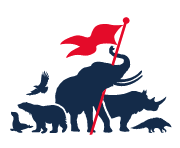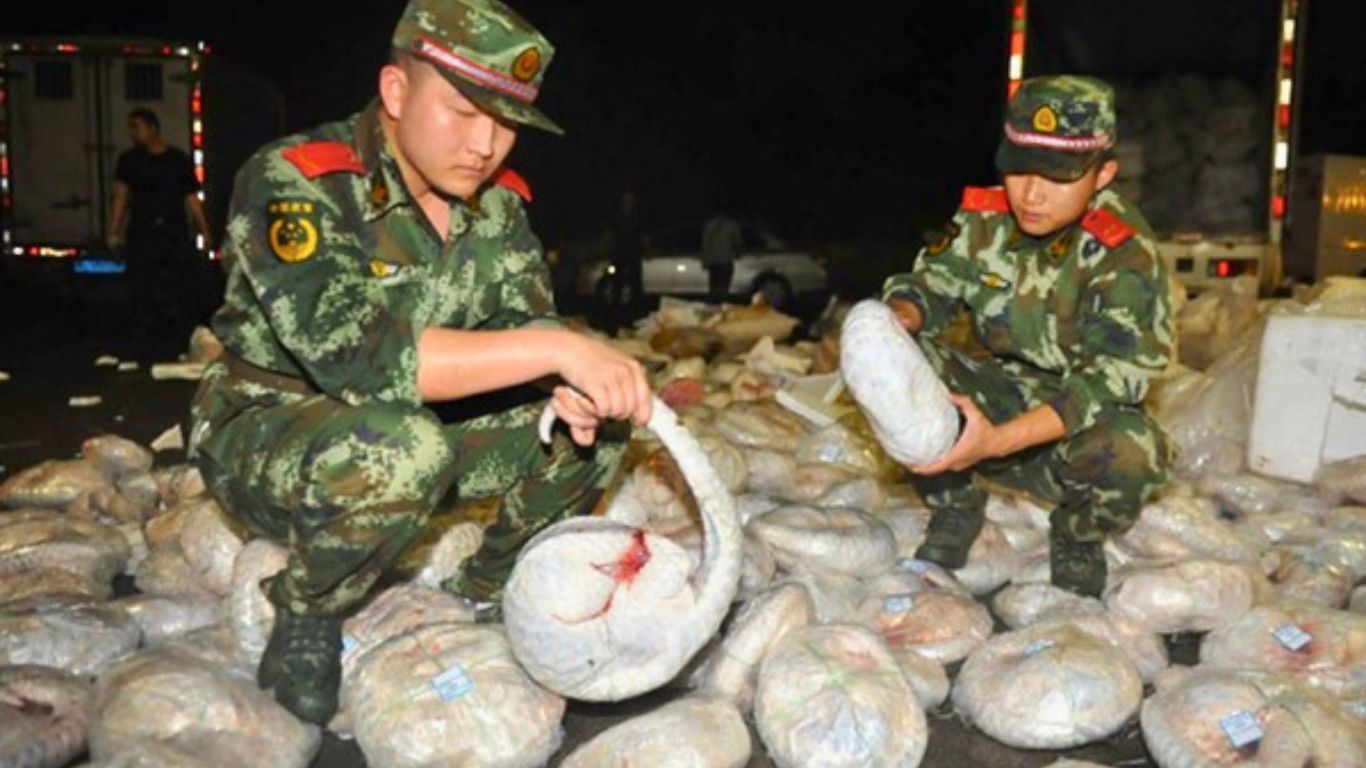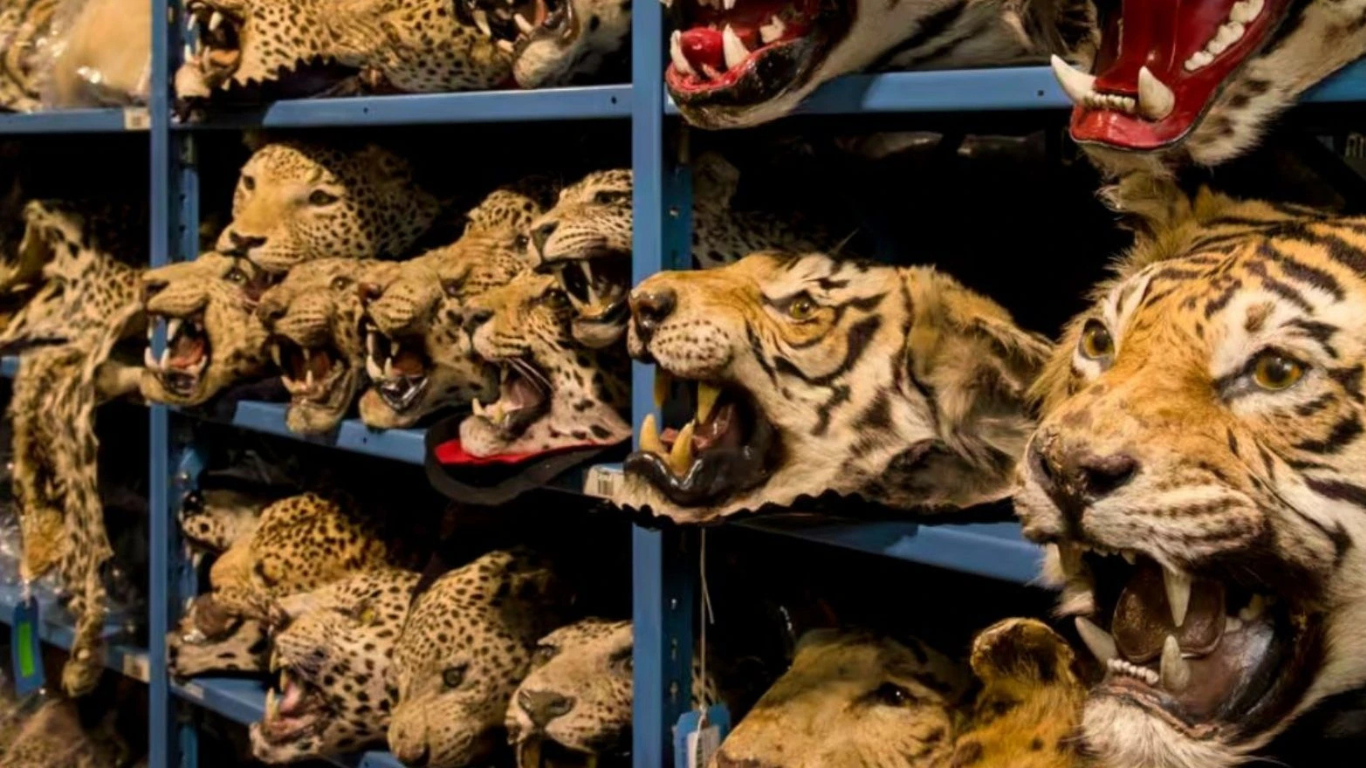Drones and the fight against wild animal poaching
Animal Survival International’s partners are increasingly relying on drones for their anti-poaching and conservation work. Here’s why.
In recent years, unmanned aerial vehicles (UAVs), more commonly known as drones, have revolutionized wildlife conservation.
These pilotless aircraft provide new ways to observe, protect and understand wild animals – and, critically, to stop wildlife traffickers in their tracks.
Drones are aircraft that operate without a physical onboard pilot. They are remotely controlled or guided autonomously through preprogrammed systems.
Because they can be flown low or high over any given landscape (where drone usage is permitted), drones provide conservationists with an extraordinary bird’s-eye view of remote and often inaccessible habitats. This allows for faster, safer and more efficient monitoring of wildlife populations and environmental changes.
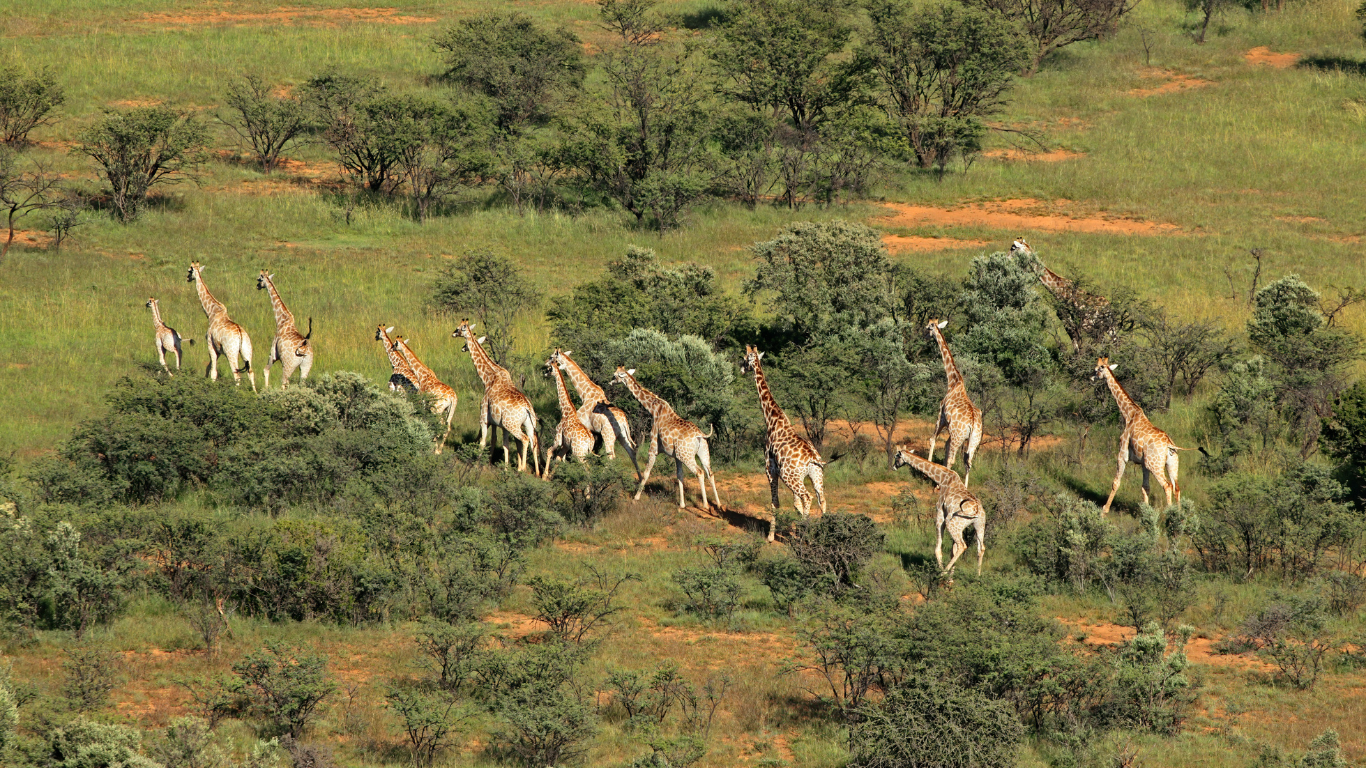
Drones have transformed how conservationists monitor, protect and manage wildlife and natural habitats.
Highly effective aerial monitoring enables rapid coverage of large areas, which would take much longer to patrol on foot, and offers far greater visibility than ground patrol. Rangers are safe from coming face-to-face with criminals, and animals have a greater chance of being protected from poachers.
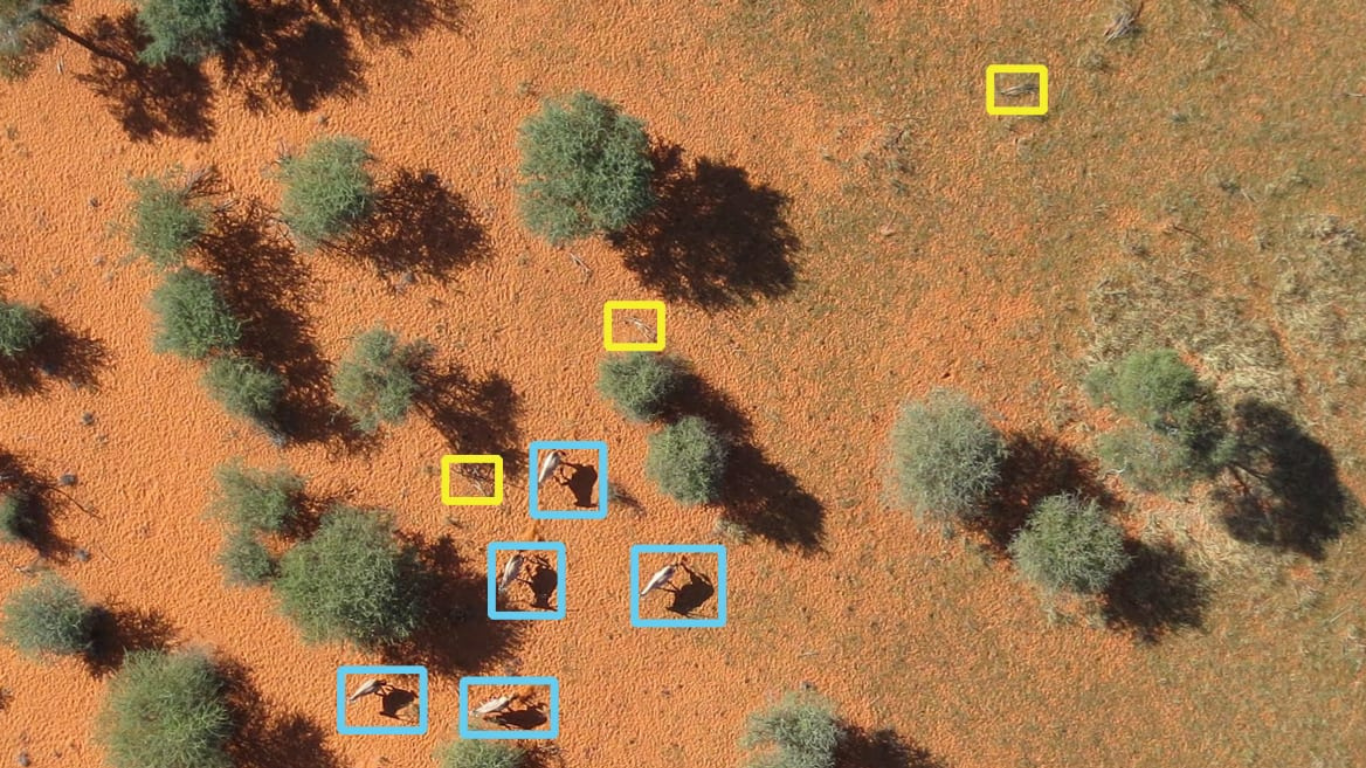
Key conservation uses of drones
Anti-poaching surveillance
Drones have become indispensable tools in safeguarding animals against poaching. They deliver real-time data and insights on wildlife movement, patterns and numbers – and any immediate risks facing them. Equipped with cameras and offering thermal imaging (a way of detecting body heat from people or animals to pinpoint their location), drones enable rangers to detect potential poaching activity before it happens.
Disaster response
After natural disasters such as fires, floods, earthquakes and tsunamis, drones can safely inspect an area for stranded or injured animals, and guide teams into affected areas.
Wildlife monitoring and research
Drones can collect large amounts of high-quality video and imagery data, enabling scientists, conservationists and authorities to gather information on habitat health, environmental changes and wildlife numbers without disturbing animals.
Animal tracking and rescue aid
Drones can help to identify and locate injured or snared animals and guide rescue teams to their exact location. Often, this makes the difference between life and death for animals in distress.
Human-wildlife conflict mitigation
In some regions, drones are used to safely herd elephants away from farmland or human settlements in order to reduce incidents of human-wildlife conflict. This conflict is common in many African countries, as people and animals are corralled ever-closer together.

How ASI is using drones to support anti-poaching teams in Africa and Asia
Animal Survival International has seen firsthand just how effective drones can be in protecting and assisting wild animals:
- Addo Elephant National Park, South Africa: ASI donated a drone to our long-time partner, Addo Elephant National Park (AENP), in the Eastern Cape of South Africa. Since receiving the device, AENP’s rangers have used it to monitor injured and potentially vulnerable animals, track rhino and elephant births, patrol for any incursions, monitor flooding damage, and check up on collared animals.
- Bumi Hills Anti-Poaching Unit, Zimbabwe: The Bumi Hills Anti-Poaching Unit (BHAPU) in Zimbabwe patrols the vast, wildlife-rich area around Lake Kariba. Tragically, the area’s rhinos were long ago wiped out by poachers, who then started targeting for the region’s elephants. Every year, criminals get smarter and the number of poaching attempts and snares increases. A drone, donated by ASI, is now a vital part of BHAPU’s anti-poaching efforts, and is used daily to patrol for poachers and send response teams to intercept criminals. The drone also helps identify injured or snared animals, so help can be provided right away.
- Zambezi Conservation, Zimbabwe: In 2025, we were able to donate a drone to our partner in Zimbabwe, ZAMCON. ZAMCON urgently needed the drone to locate animals in distress and to monitor injured and potentially vulnerable animals. This drone has also been an invaluable addition to the anti-poaching efforts of ZAMCON, particularly for elephants, allowing the team to cover large expanses of land in a much shorter time than on foot.
- Matetsi Anti-Poaching Unit (MAPU), Zimbabwe: ASI funded a drone for the anti-poaching team patrolling the Matetsi Private Game Reserve in Zimbabwe, which is a prime hotspot for crime. The team uses it to conduct aerial surveillance that identifies poachers and helps locate animals in distress.
- Conservation for Tourism (CTT), Tanzania: Our partner in Tanzania helps safeguard the region’s last remaining super-tusker elephants from poachers and hunters as they traverse the vast landscape between Kenya and Tanzania. Drones are ‘eyes in the sky’ that help our partner spot potential criminals and hunters, and which – through their buzzing sound – carefully steer elephants away from human-populated areas, toward food and water. This reduces the incidence of human-wildlife conflict that leads to elephant deaths. We have equipped CTT with an additional drone, and hope to provide more in the future.
By empowering anti-poaching partners with these high-tech devices, we are helping to keep thousands of animals safe, healthy and protected across Africa every day.
